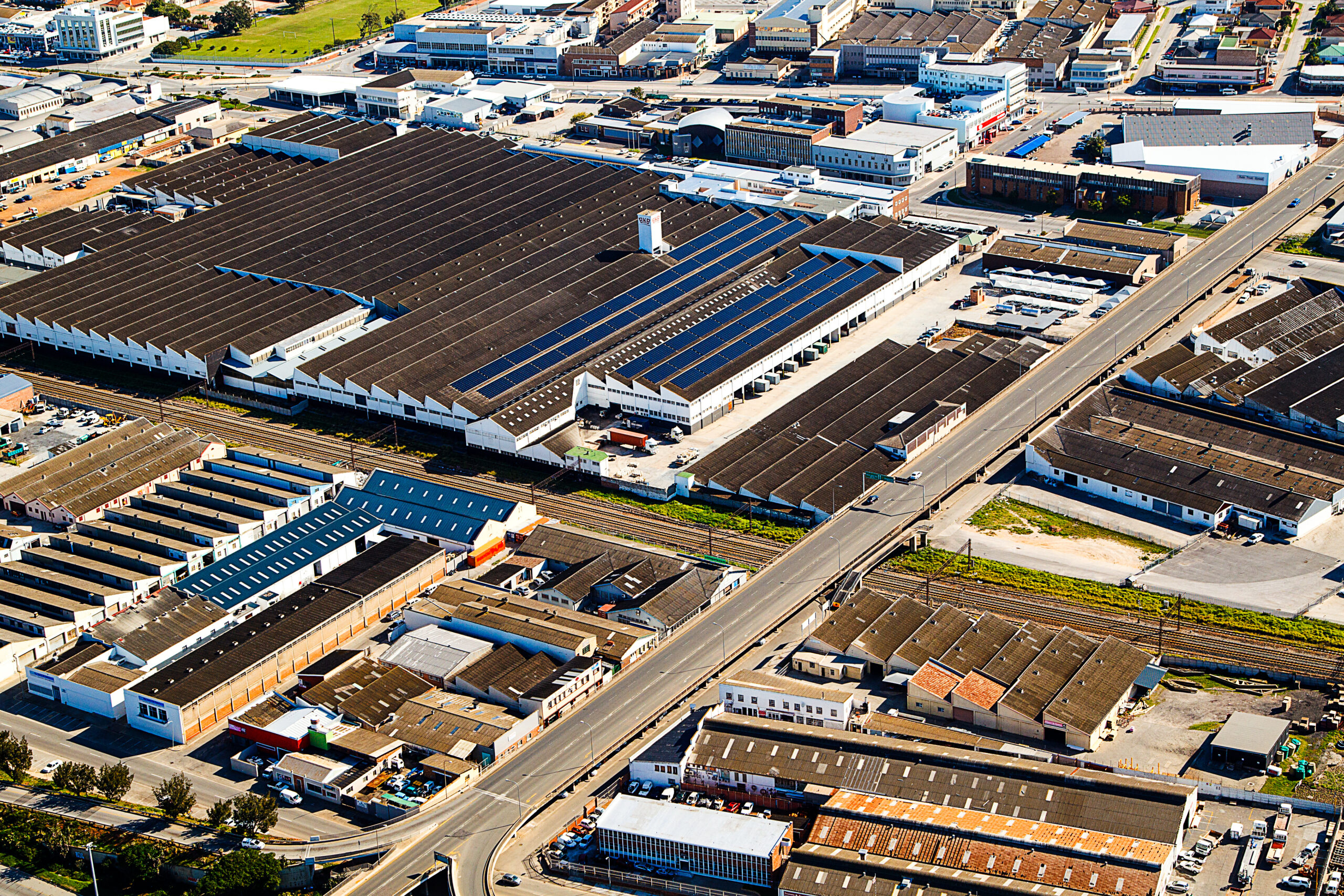For five days, regulators and utilities from eight Sub-Saharan African countries took part in a specialised training on grid impact in the context of Distributed/Embedded Generation. The online event, part of the Distributed Generation (DG) Policy Catalyst Window, was designed to equip participants with the knowledge and tools needed to safely integrate DG into their national grids. This is a vital step towards ensuring the stability of electricity networks as Africa accelerates its energy transition and more and more DG is being added to the networks.
The integration of an increased amount of renewable-based DG to national grids can create instabilities in voltage and current flow or even cause system tripping or damage. This is because variable renewable sources like solar and wind are inherently inconsistent. To prevent these situations, utilities are responsible for conducting grid impact checks and studies to maintain the safety of the network.
The training which was held from September 15 to 19, implemented by GET.transform and Sustainable Energy Africa (SEA) in partnership with the African Forum for Utility Regulators (AFUR) and the Association of Power Utilities of Africa (APUA), provided participants with the technical expertise to prevent these issues.
The sessions delved into crucial topics including an overview of grid impact studies, load flow and network studies, short circuit calculations, and rapid voltage change and Feeder Losses. In absorbing the knowledge to safely integrate DG, participants could also draw on case studies from the Eswatini Electricity Company (EEC), City of Cape Town and North America which provided a valuable real-world perspective on conducting grid impact studies.
Looking ahead, the initiative will continue to support both cohort one and two countries, which include . Dedicated technical assistance will be provided to help these countries develop and implement DG technical connection criteria and standards, ensuring the secure and continuous compliant integration of clean energy.




